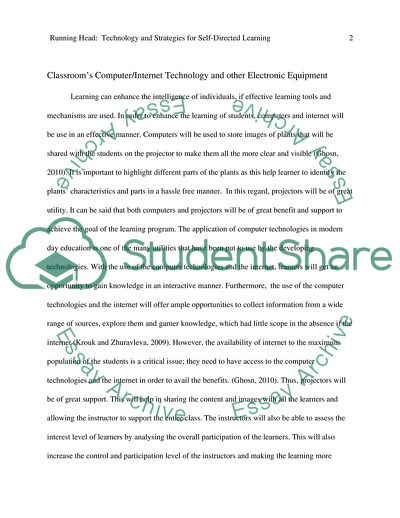Cite this document
(Technology and Strategies for Self-Directed Learning Essay Example | Topics and Well Written Essays - 1500 words, n.d.)
Technology and Strategies for Self-Directed Learning Essay Example | Topics and Well Written Essays - 1500 words. https://studentshare.org/education/1809746-technology-and-strategies-for-self-directed-learning
Technology and Strategies for Self-Directed Learning Essay Example | Topics and Well Written Essays - 1500 words. https://studentshare.org/education/1809746-technology-and-strategies-for-self-directed-learning
(Technology and Strategies for Self-Directed Learning Essay Example | Topics and Well Written Essays - 1500 Words)
Technology and Strategies for Self-Directed Learning Essay Example | Topics and Well Written Essays - 1500 Words. https://studentshare.org/education/1809746-technology-and-strategies-for-self-directed-learning.
Technology and Strategies for Self-Directed Learning Essay Example | Topics and Well Written Essays - 1500 Words. https://studentshare.org/education/1809746-technology-and-strategies-for-self-directed-learning.
“Technology and Strategies for Self-Directed Learning Essay Example | Topics and Well Written Essays - 1500 Words”. https://studentshare.org/education/1809746-technology-and-strategies-for-self-directed-learning.


